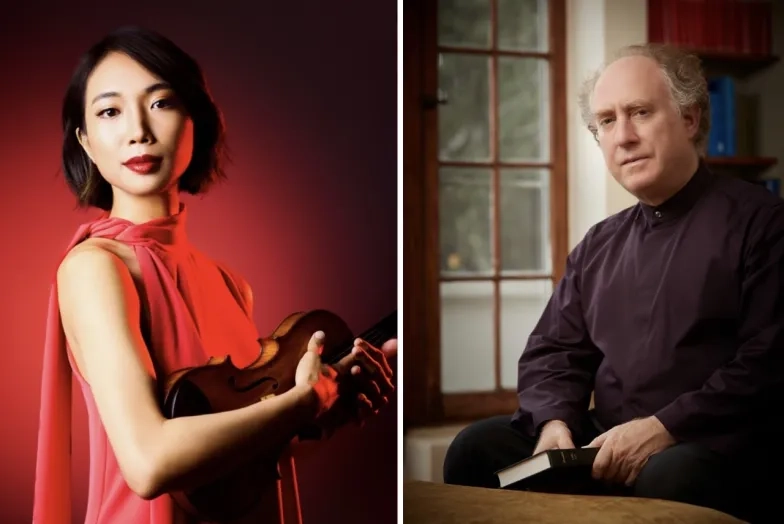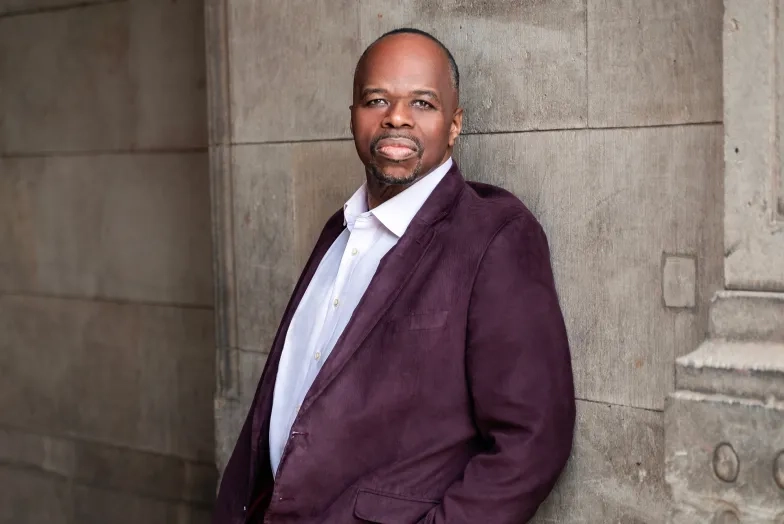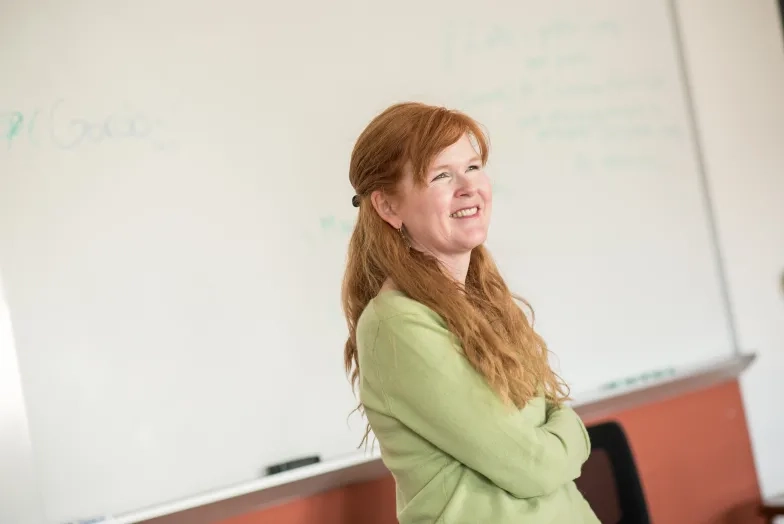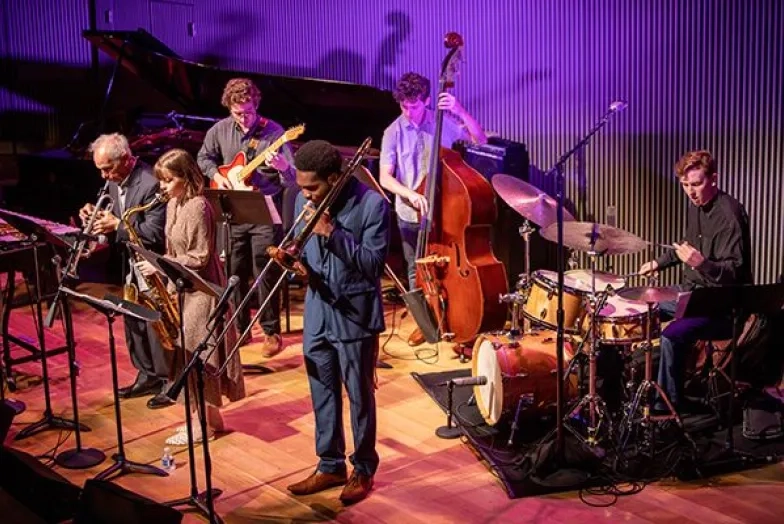Featured Performances
Featured Event
College - Recital, FAS


Mon
Jan
26
Caroline H. Hume Concert Hall
Featured Event
College - Recital, FAS


Mon
Feb
2
Caroline H. Hume Concert Hall
Featured Event
College - Recital, FAS


Mon
Feb
9
Barbro Osher Recital Hall
Featured Event
College - Concert


Thu
Feb
12
Barbro Osher Recital Hall
-
List
-
Grid
Search Performances
Jan 1 - 31 Performances
Wednesday21
Winter Term Project
Thursday22
Opera
Winter Term Project
Friday23
Opera
Winter Term Project
Winter Term Project
Saturday24
Winter Term Project
Strings
Sunday25
Chamber Music
Collaborative Piano
Faculty Recital
Pre-College
Piano
Strings
Student Recital
Winter Term Project
Strings
Monday26

Faculty Artist Series
Strings
Brass
Masterclass
Tuesday27
Student Recital
Voice
Wednesday28
Student Recital
Piano
Saturday31
Strings
Pagination
SFCM 2025–26 Season
Discover the San Francisco Conservatory of Music’s 2025–26 Season, our biggest yet with more than 500 performances, 95% of them free and open to the public.